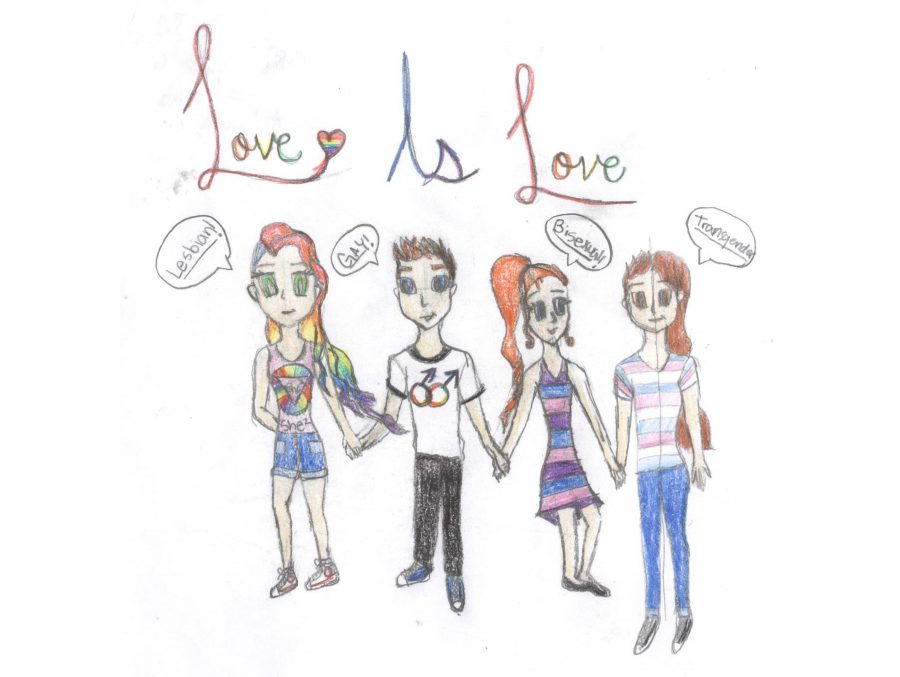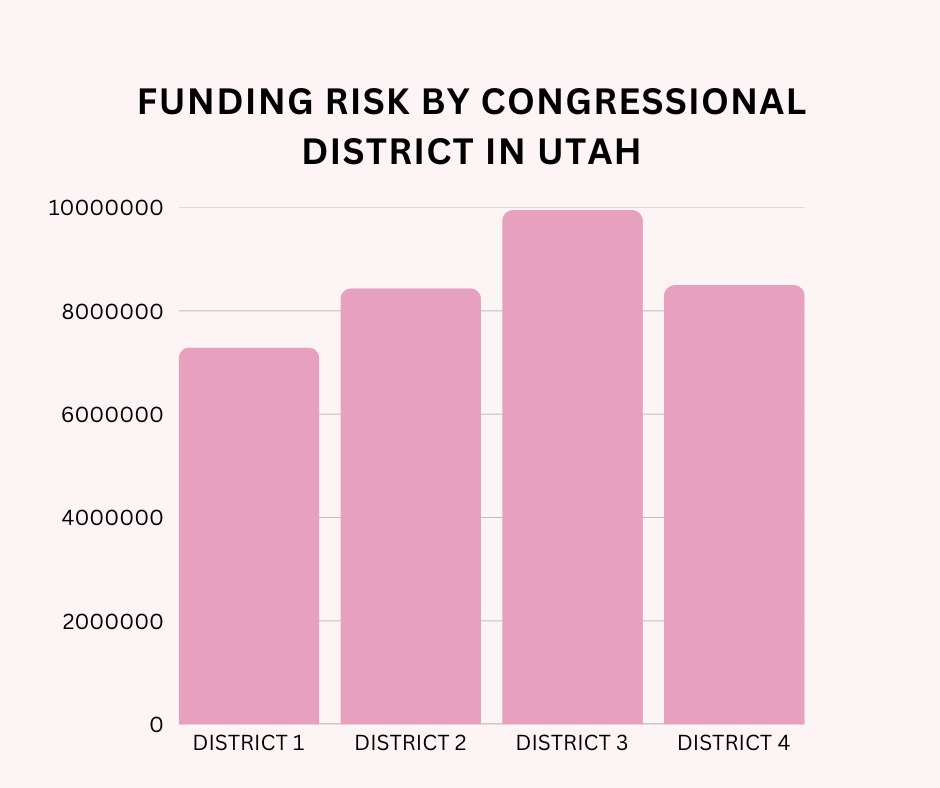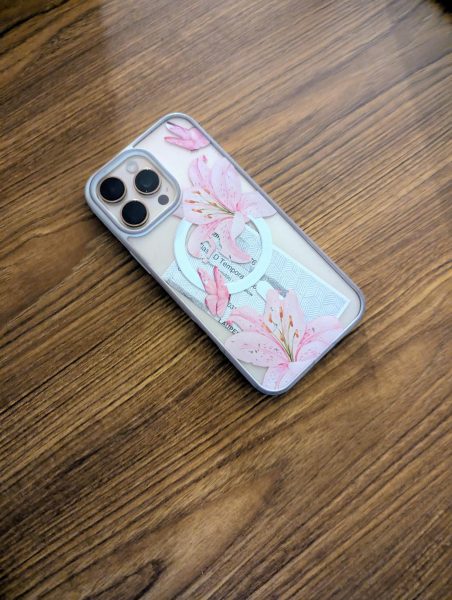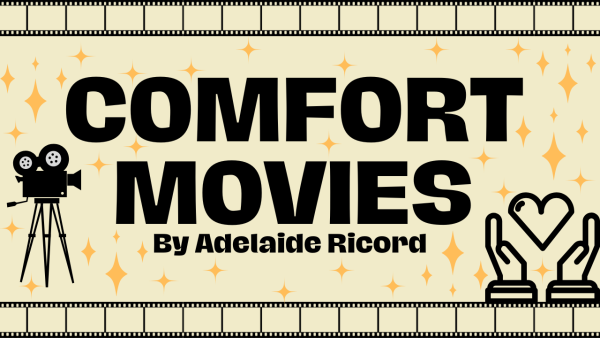LGBT students treated differently in school
November 2, 2016
“Reliable estimates indicate that between 4 and 10% of the population is gay or lesbian, which means in a public school system of more than one million,” according to Parents for Lesbian and Gay (PFLAG) NYC. Everyone knows one person who identifies as gay, lesbian, bisexual, or transgender.
In the United States, federal civil rights laws do not cover harassment based on sexual orientation.
”Last year, I would go to class and this one guy would just throw my stuff off my desk and would call me terrible things, just because I am gay,” said Junior Oliver Fierro.
Harassment for LGBT students does happen every day. Bullied LGBT youth, or youth perceived as lesbian, gay, bisexual, or transgender, are more likely to skip school, smoke, use alcohol and drugs, or engage in other risky behaviors Bontempo & D’Augelli, 2002; Rivers & D’Augelli, 2001.
Media portrays the LGBT community in many different ways. The LGBT community has taken an increasingly active stand in defining its own culture with a primary goal of achieving an affirmative visibility in mainstream media.
In June 1969, a series of riots broke out in New York as a resistance to discrimination to the LGBT community. These riots are know as the Stonewall Riots and they mark the beginning of the modern LGBT movement. Most of the negative media that surrounds the gay community have to do with pride parades. LGBT people in media are hugely misrepresented. It usually puts all of the LGBT people into just lesbian and gay category.
“Media portrays them very horribly, I think they portrays them as people who go around sleeping with others all the time, they portray them as terrible people when we are really not,” said Junior, Tristan Valdez.
LGBT students aren’t treated as fairly as straight.
“I feel I am treated differently from other students, I don’t feel I’m treated horribly, but there is a difference” Valdez said.
According to healthline.com depression affects LGBT people at higher rates than the heterosexual population, and LGBT youths are more likely than heterosexual students to report high levels of drug use and feelings of depression, Suicide is the third leading cause of death among people age ten to twenty-four in the U.S. LGBT youth in 7-12 grades are three times as likely to attempt suicide other than their heterosexual student.
When asked what could be changed in schools Fierro said, “Let everybody know they are more accepted, let them not be afraid that they won’t be accepted”
We need to see a change for LGBT students. They need to be more accepted as humans and not be labels. LGBT students are just like normal people, you would be surprised who you know that identifies as lesbian, gay, bisexual, or transgender. In the current age of social media usage. Bullying and harassment are no longer restricted to school sites. Harassment can occur inside and outside the classroom and off campus out of sight of teachers and administrators. Protecting LGBT students doesn’t mean adding a school-wide policy. Students shouldn’t have to go to school in fear.




